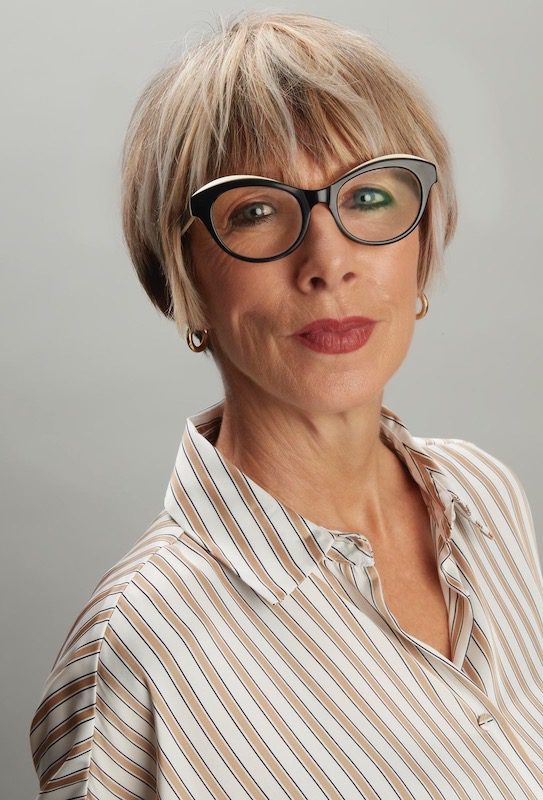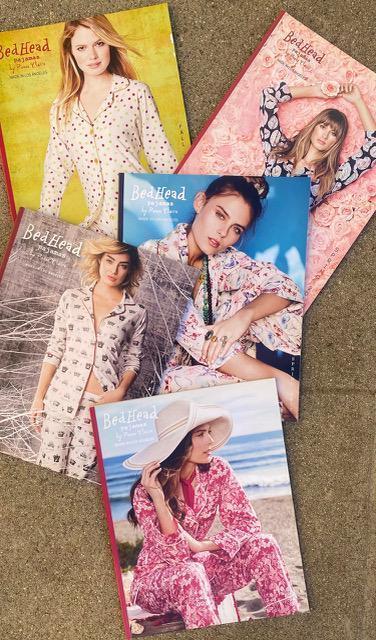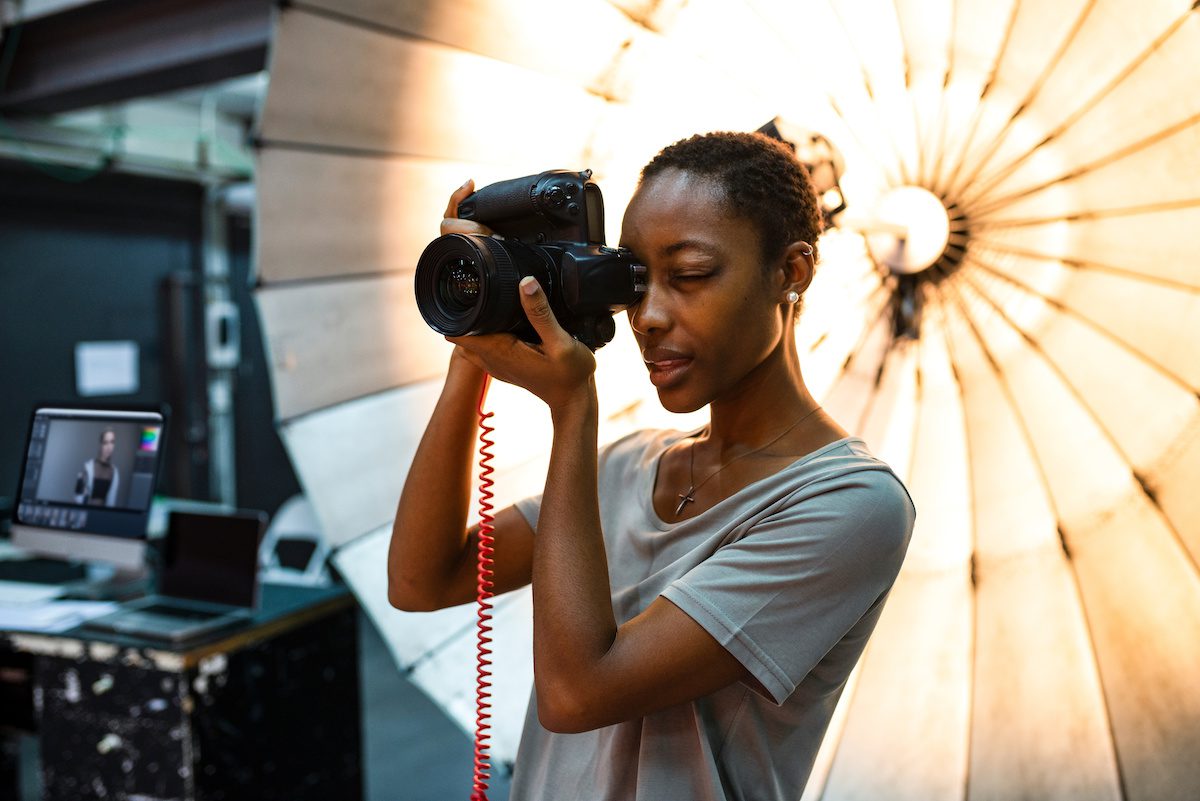Whether you run a startup or an established enterprise, your brand’s image is everything. And at some point, you’re going to need to up your branding game with great photos. We talk with a veteran photog to get some valuable tips on how to save time and money when you work with a professional photographer.
Maybe you’re a new business that wants to look great right out of the gate. Or maybe it’s a new product introduction or branding campaign that needs next-level photography. Whatever the case, even though you’re a magician with a spreadsheet or a boss when it comes to closing a sale, like many business owners you might not know the first thing about how to work with a professional photographer. And who can blame you? Asking the right questions about variables like renting studio time, props, mood boards and crew size aren’t something you learn in business school. But no matter what your background or business, having these insights beforehand will save you time and money.
To help, we zoom-in on the topic by checking in with veteran photographer Dorit Thies, who has spent the last two decades working on major campaigns for established brands. Over her career, the Los Angeles-based photographer has earned a reputation as a go-to talent for beauty, hair and fashion clients looking for creative solutions to their most high-profile projects. Her impressive client roster includes globally recognized brands such as Estée Lauder, GLAMGLOW, Sephora, Revlon, Urban Decay, ELLE International, and Glamour Magazine. Her fine art photography has also appeared in galleries around the world.

EH: How should someone go about looking for a photographer for their project or business?
DT: There are multiple ways to find good photographers. Like in anything else, you can start by asking trusted friends and colleagues to get their recommendations. Beyond that, searching is easy if you know where to look — it’s choosing that gets a little more complicated. For the search, social sites like Instagram can be useful, while search engines like Google are very important. Just make sure when you do an internet search to be as granular as possible. Using the search term “photographer” is unproductive, but something like “beauty photographer in Los Angeles” can result in some real leads. Also, there are professional resources like Found that showcase a curated directory of top photographers who specialize in all types of work.
EH: After developing a shortlist, what should someone look for when reviewing a photographer’s website, social feed or portfolio?
DT: Ask yourself: Does their work inspire me? Are they on trend? Is it well organized and clean? Is the quality of the images consistent? And very importantly, look to see if this photographer has shot anything similar to your product. You want to be sure they have the right skill set to make your product shine, presenting it in the right ambiance, and lighting it perfectly with the creative edge you’re looking for. As an example, you wouldn’t hire a food photographer if your product is roller skates. But you might hire an outdoor adventure-travel photographer if you’re selling camping gear.
You also have to make a decision about the photographer’s location. It might really be important to hire someone local, but in other instances, say for location or areas of expertise, it might be better to work with someone from out of your area.

EH: What are a few of the most important questions someone needs to ask a photographer when requesting a bid?
DT: The most constructive conversations happen when there are questions from both sides. When I’m speaking with a potential client, the first things I want to know are the type of product and the size of the budget. This is going to dictate the direction, such as if the project will be a still-life shoot or on location with talent. I always strive to be very clear on what is possible in a certain time frame and budget, but it’s also important that potential clients ask me about any elements of this process they’re unsure about. That usually involves some education about photography workflows, which is fine, it comes with the territory. We also discuss things like who their customers are so there is a full understanding of the demographic. Questions like “is there an art director or creative director involved?” also come up and, of course, there are questions about where the work will ultimately live. Is it for packaging, POP for store presentations, social media, a website?
From the client side, do your research and then you can have a more productive discussion about your photography needs. This is important because most pros like myself aren’t jacks-of-all-trades, we specialize. I do fashion and beauty, I don’t shoot bicycles or splashing liquids. And lastly, but very important, determine if there’s good chemistry and trust between you and the photographer. This will go a long way towards making the project successful and building an ongoing working relationship.
EH: What are some of the other costs/expenses to consider when planning a project?
DT: Where is the shoot happening — in a studio or on location? Crew is another one that comes up: A creative director and art director are usually important, unless the photographer has those skills. And you will always need a stylist, someone to prep your product, remove dust, fingerprints, steam the fabric, that kind of thing. If you’re working with talent, that brings in a whole different set of pros, such as hairstylists and makeup artists. Depending on your needs, other elements to consider include location scouting, securing permits, insurance, wardrobe, catering and post-production. This all depends, of course, on the type of shoot and the client’s budget.
“Nothing compares to the results of a great shoot. It’s the best feeling in the world for everyone involved!”
— Dorit Thies
EH: What is the best way to work photography into a social media campaign?
DT: If there is an art director involved, that’s usually their job. Regardless, there should always be a branding concept that’s guiding the decisions. Other considerations related to the shoot involve image formatting for social media. For example, Instagram has specific dimensions and you have to give the platform what it wants. It should all be planned in advance in the form of a shot list. After the shoot, selected photos should be color corrected and retouched to create a body of work that is consistent with a company’s branding.
EH: Knowing there are many variables involved, what is a reasonable range of rates for a pro photographer?
DT: Depending on the experience of the shooter, the day rates can vary and it is up to the client to compare, ask questions and get different quotes that provide as much detail as possible.
Then the client can get a clear idea of what’s being presented and what will be delivered. For example, pro photographers use industry standard prices for expenses like crew and this should be detailed in the quote. As for the photographer, ballpark numbers are approximately a $3,000 to $15,000 day rate depending on the job, level of expertise and crew. This would be apart from other out-of-pocket expenses, so make sure you are clear on what an agreement covers. That said, there are a lot of negotiations involved and various ways to save money. For instance, you could keep the crew very small, such as limiting the project to a photographer, assistant and a stylist if this was feasible.
EH: Any last items we should put on our photo-shoot checklist?
DT: Yes. After signing the quote, the industry standard is for the client to pay an advance of anywhere between 50 to 75 percent, which needs to be received no later than one to two weeks before the first shoot date. This is so the photographer can reserve studio time, put crew and talent on hold, secure a location, etc. Most people don’t realize all of the pre-production work that goes into a photo shoot. And just in case the client decides to cancel, there are cancellation rules and fees each photographer sets clearly in their quotes. As a client, make sure you agree on a final delivery date of the files and be prepared to pay the final payment usually no later than four weeks after the shoot.
If it all sounds like a lot of work — it is — but nothing compares to the results of great shoot. It’s the best feeling in the world for everyone involved!




